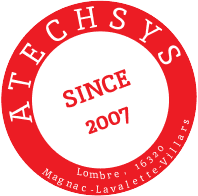
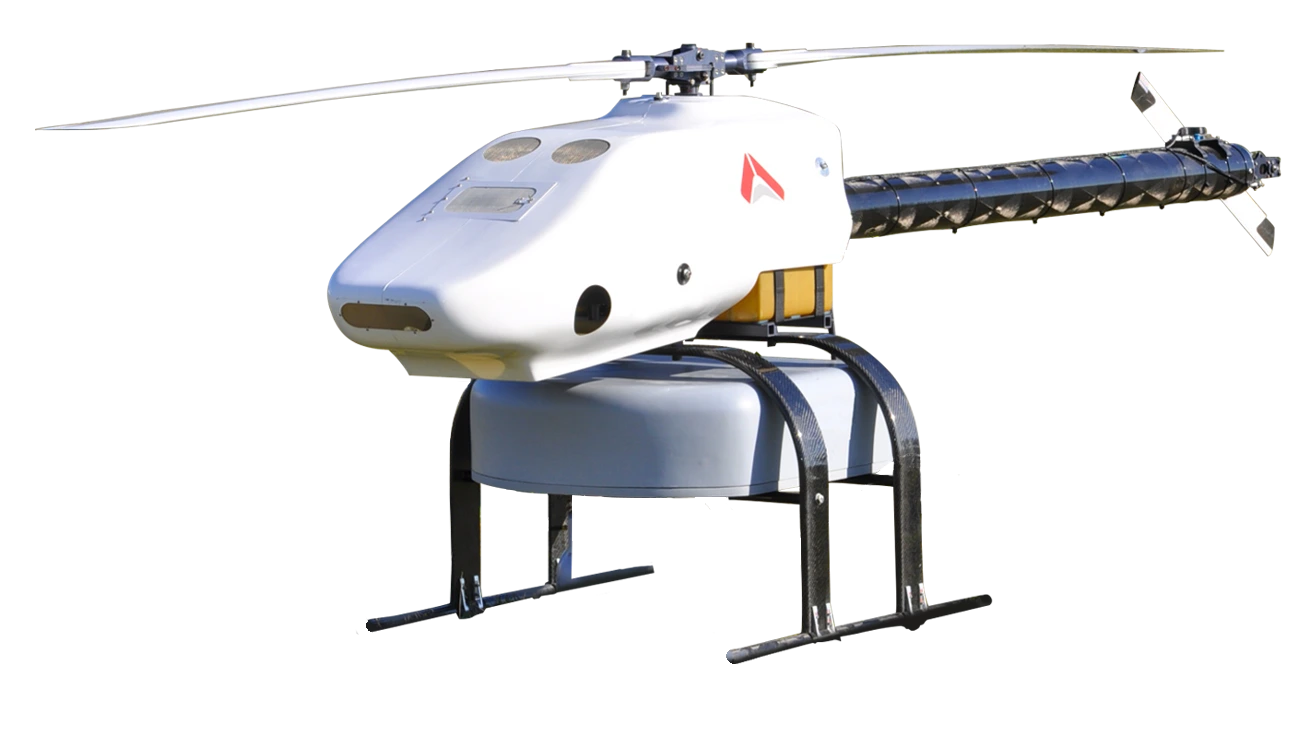
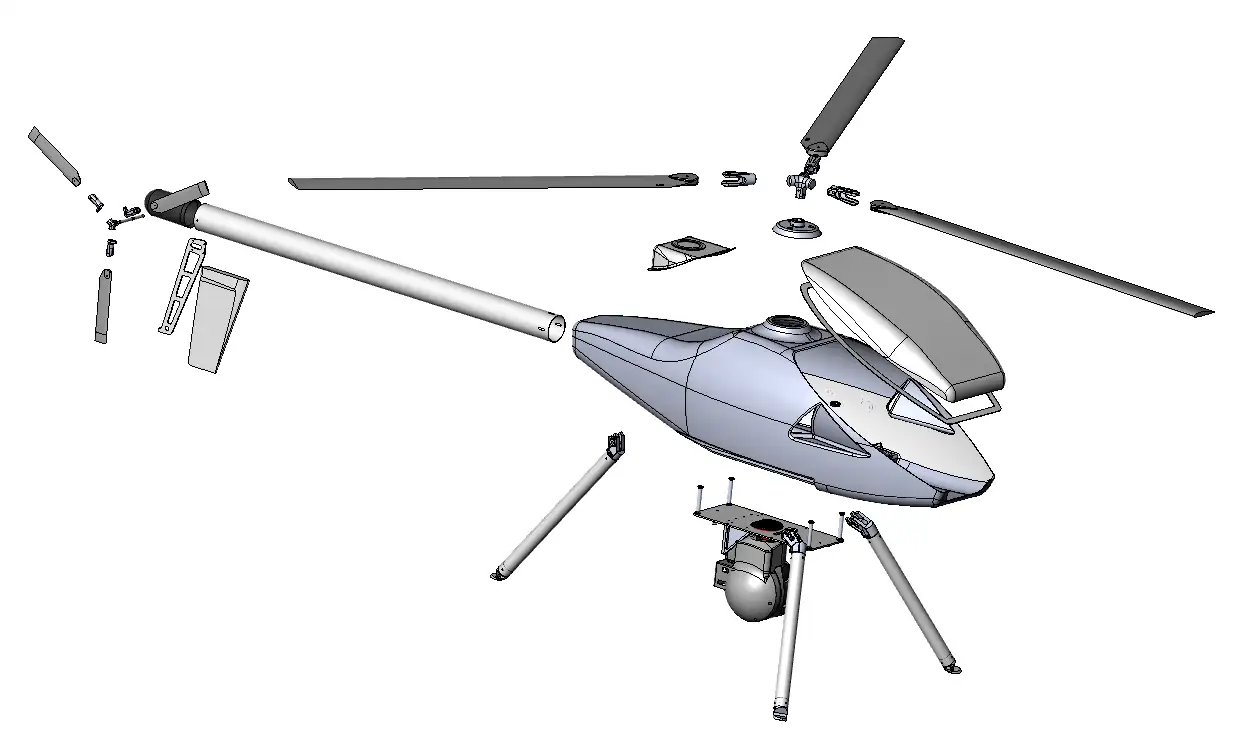
During the initial drone design phase, our process encompasses several crucial steps. First, we undertake an in-depth analysis of the customer's needs, aiming to gather all essential information, such as the drone's range, payload, flight duration, environmental conditions, and specific missions. This fundamental step establishes the necessary foundation for future design by ensuring a thorough understanding of the project requirements.
We then carry out a feasibility and viability study. This in-depth analysis aims to assess the technical, economic and operational feasibility of the project. These critical evaluations help guide the design of the drone, ensuring that it is both realistic and consistent with the previously defined objectives. The results of this study provide clear insights into potential challenges and opportunities, thereby enabling informed decision-making in moving the project forward.
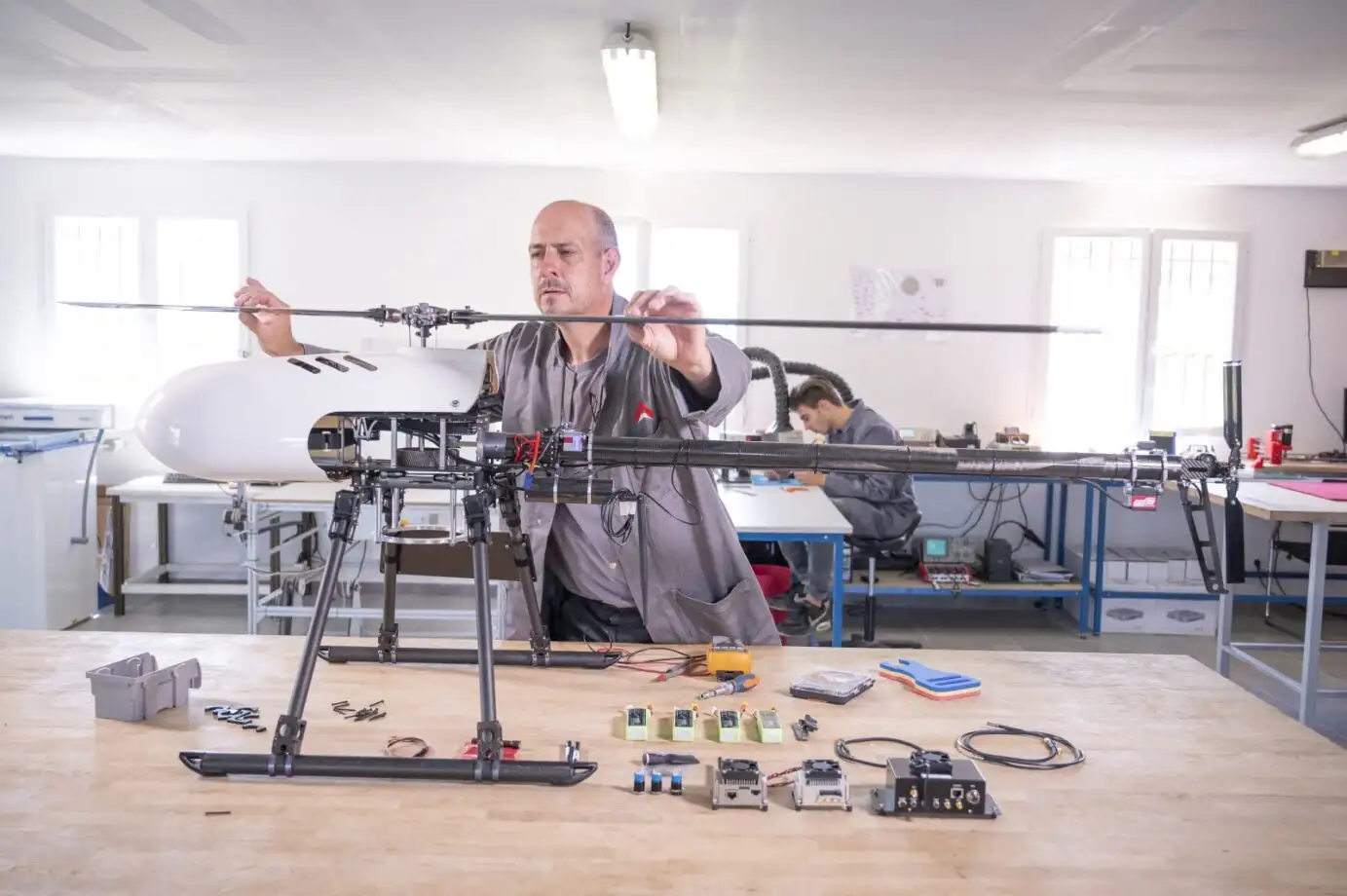
In manufacturing the drone, we start by using an existing computer-aided design (CAD) or creating a new CAD, if necessary, to establish a solid foundation for a precise and structured design.
Next, we design a prototype to serve as a concrete test bed to evaluate practicality and ensure compliance with standards. Adjustments are made, followed by extensive testing aimed at optimizing the drone's performance, reliability and safety.
Each modification is meticulously recorded in our tracking files, ensuring complete traceability of the progress of the project. This iterative, test-driven approach allows us to continually refine the drone design throughout the process, ensuring a final product meets the highest requirements and standards.
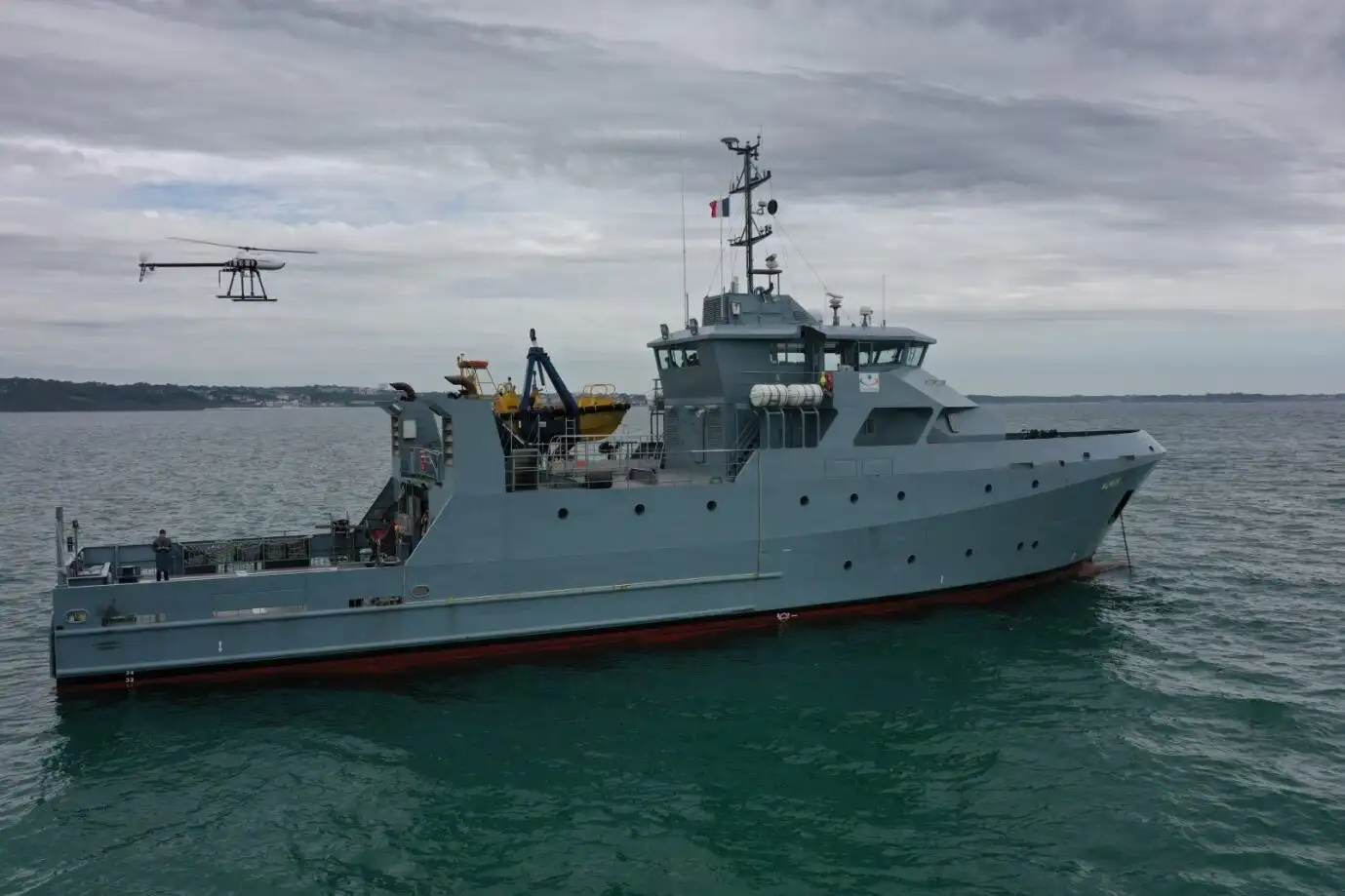
Once the prototype has been validated and all necessary modifications have been made, we are ready to move on to the production phase of the drone. In case the drone is intended for commercial or industrial applications, we engage in a rigorous certification process to ensure compliance with established standards and regulations.
At the same time, we ensure that we provide in-depth training to users, thus ensuring safe and optimal use of the drone. This step is crucial to maximize the benefits of the drone while minimizing the potential risks associated with its operation.
Once all of these steps have been completed, we commission the drone, thus preparing it for delivery to the customer. This transition marks the realization of the project, offering a final product ready to meet the specific needs of the client
